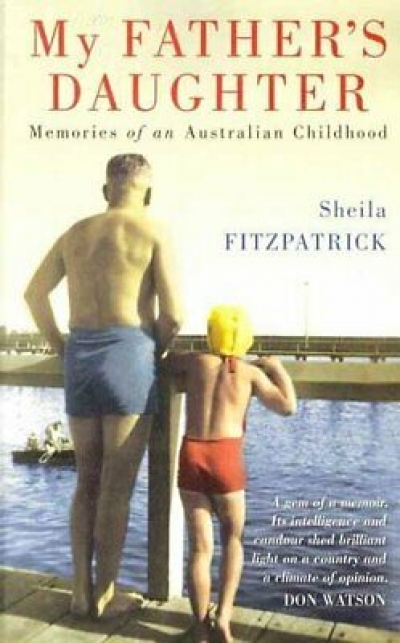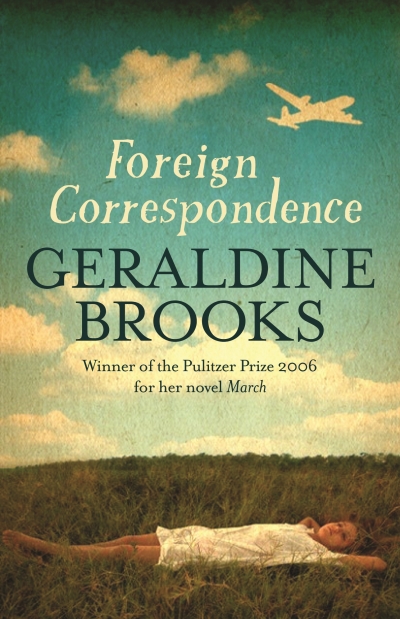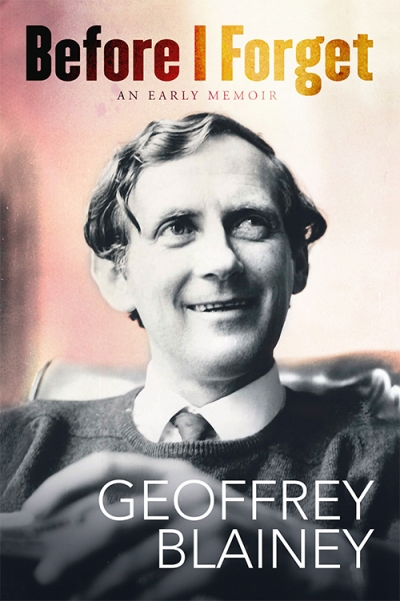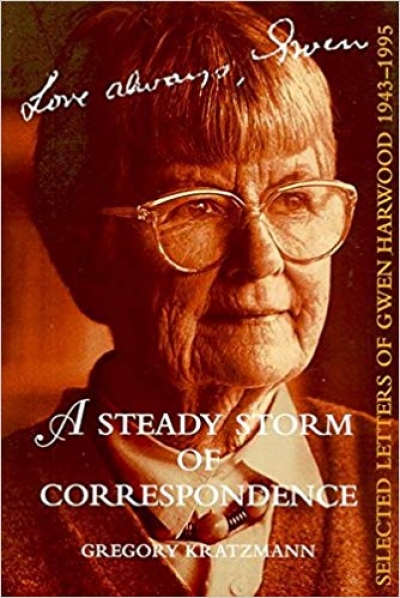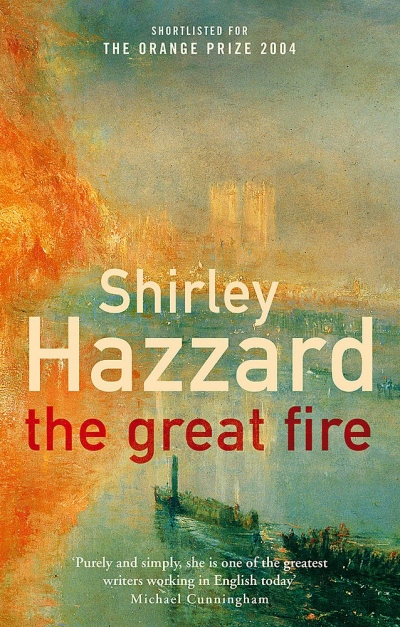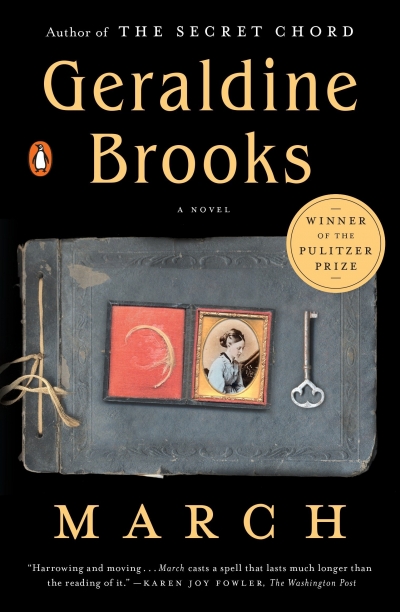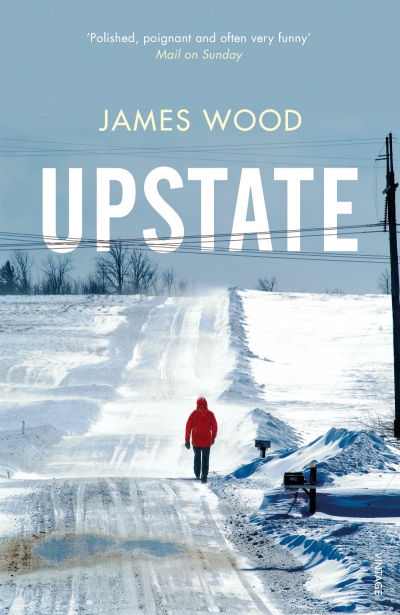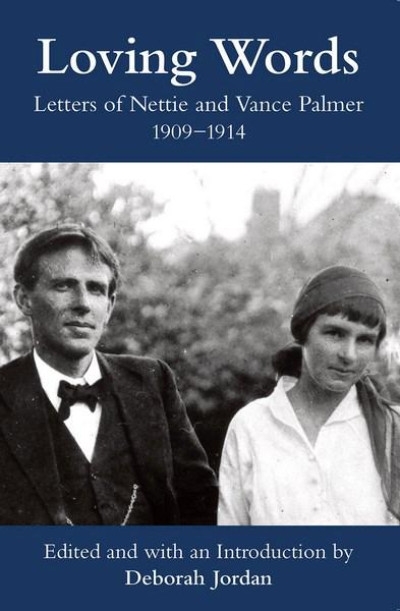Brenda Niall

Brenda Niall’s writing career began during her time as an academic at Monash University, where she was Reader in the Department of English. Since 1995 she has been writing full time. Her books include award-winning biographies Martin Boyd: A Life (1988), Georgiana (1995), The Boyds (2002), Judy Cassab (2005), and a memoir, Life Class (2007). Her book The Riddle of Father Hackett was shortlisted for the 2010 Magarey Medal for Biography. She is a frequent reviewer for The Age and ABR, and has been a guest at the Melbourne, Sydney, Adelaide, Brisbane, and Byron Bay literary festivals. In 2004 she was awarded an AO for services to Australian Literature. Her most recent books are My Accidental Career (2022), Can You Hear the Sea? My grandmother's story (2018) and Friends and Rivals: Ethel Turner, Barbara Baynton, Henry Handel Richardson and Nettie Palmer (2020).
Desmond O’Grady is uniquely placed to interpret Australia for Italians and Italy for Australians. He grew up in suburban Melbourne, but as a journalist, biographer, and writer of fiction he has spent most of his working life in Rome.
In his new book, Correggio Jones and the Runaways, O’Grady brings together a fascinatingly varied group of expatriates’ portraits in order to examine the ideas ... (read more)
When Geraldine Brooks went through her father’s possessions after his death, she found the bundles of letters which prompted her to write Foreign Correspondence. Lawrie Brooks had been in the habit of writing to politicians and intellectuals with ideas and questions, and he had kept all their replies. Each letter, Brooks reflects, is ‘a small piece of the mosaic of his restless mind’. Becaus ... (read more)
Just over one hundred years ago, Sydney readers were speaking in hushed tones about a shocking new book by a young woman, Zora Cross. A collection of love poems by an unknown would not normally have roused much interest, but because they came from a woman, and were frankly and emphatically erotic, the book was a sensation. It wasn’t, as a Bulletin reviewer said demurely, a set of sonnets to the ... (read more)
Unlike an autobiography, which tends to be time-bound and inclusive, the memoir can wander at will in the writer’s past, searching out and shaping an idea of self. Although Geoffrey Blainey’s memoir, Before I Forget, is restricted to the first forty years of his life, its skilfully chosen episodes suggest much more. The memoir shows how Blainey set his own course as a historian and forecasts t ... (read more)
From a small island, messages in a bottle floating out to sea. That was Gwen Harwood’s image for the poems she sent out during her early years in Tasmania, long before she had due recognition. Her letters, by contrast, knew their destination; they were treasured for decades by her friends, and they now make up the remarkable collection A Steady Storm of Correspondence.
As editor, Gregory Kratzm ... (read more)
London seen through a haze of smoke and fire in J.M.W. Turner’s famous painting, The Burning of the Houses of Parliament, is the evocative cover image for Shirley Hazzard’s long-awaited novel. The Great Fire comes twenty-three years after Hazzard’s brilliantly composed, witty, and ultimately tragic work The Transit of Venus. Like the earlier novel, The Great Fire is ambitious in theme and in ... (read more)
Spacious and solidly constructed, the classic nineteenth-century novel invites revisiting. Later writers reconfigure its well-known spaces, change the lighting, summon marginal figures to the centre. Most memorable, perhaps, is Jean Rhys’s Wide Sargasso Sea (1966), in which the first Mrs Rochester, the madwoman in the Thornfield attic, is allowed a voice and a history. She tells a story very dif ... (read more)
Forget the author – it’s the book that matters. That’s sound advice, but there are times when it is hard to follow. James Wood’s Upstate is a testing case. A quietly reflective little novel, elegantly written, with four main characters and a minimal plot, Upstate doesn’t look like a literary time bomb. Yet because its author is a renowned literary critic, it is bound to set off disputes ... (read more)
When Vance Palmer met Nettie Higgins in the summer of 1909 in the sedate setting of the State Library of Victoria, they were both twenty-three years old. Yet even to speak to one another was a breach of convention; they had not been introduced, and Nettie at least felt quite daring. An arts student at Melbourne University, she had never been far from her parents’ house. Vance had made the break ... (read more)

